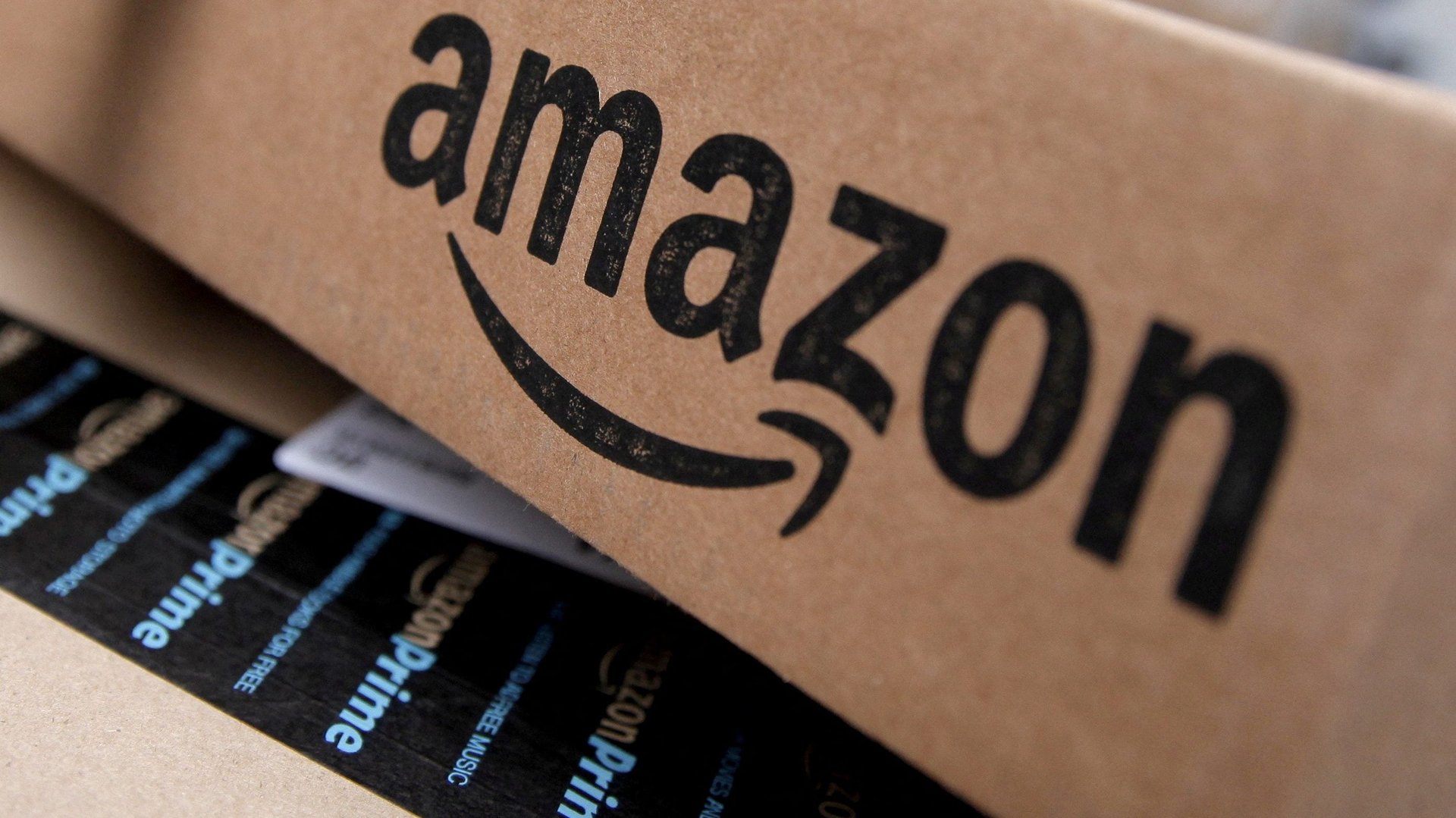Prime and Netflix’s price rises show an unwelcome change in the cost of living
Amazon is the latest company to get hit by inflation—and many of its customers will have to pay more as a result.


Amazon is the latest company to get hit by inflation—and many of its customers will have to pay more as a result.
The retailer announced yesterday (Feb. 3) that it will raise the subscription price for its Prime membership in the US to $14.99 a month, or $139 annually, representing a 17% rate increase.
It’s the first time the company has raised prices since 2018, and highlights how inflationary pressures are bearing upon goods and services that millions of Americans have relied on during the covid-19 pandemic.
The price of Netflix and other commonly bought products is also rising
It’s been nearly two years since covid arrived in the US, but the costs of goods and services that housebound consumers came to rely on in that time are continuing to rise. Netflix, which brought on a record 36 million subscribers during the first year of the pandemic, recently raised the cost of its standard subscription to $15.49 a month, from $13.99.
For the millions of Americans that are now working permanently from home, tools that cater to remote workers are also more expensive than they were a year ago. Prices of computers and smart-home devices like Alexa rose by nearly 3% in December, compared to 2020, while Microsoft plans to raise subscription prices for its popular 365 software by as much as 20% starting next month.
As is the case with most every other area of the economy, then, hanging out at home is now pricier than it was prior to the pandemic. Unfortunately, steady wage gains aren’t enough to make these services more affordable for most Americans: The average hourly US wage increase was essentially erased by inflation last November.
Outside of the house, the cost of getting around is also more expensive. Gasoline is 50% more expensive than it was last year, and the cost of sporting vehicles, including bicycles, rose by nearly 8% year-over-year last month. Like Amazon, McDonald’s and Starbucks have also raised prices in recent months, making fast food and coffee runs costlier as well.
Why Amazon raised Prime prices
The pandemic was good to Amazon, as millions of people who were stuck at home relied on the retailer for fast delivery of everyday essentials from groceries to toilet paper, as well as entertainment—all of which is included in a Prime subscription, which accounted for 33% growth of Amazon’s customer base in 2020.
But the company has also doubled its workforce since the pandemic began, and raised wages to better compete in a tight labor market. These inflationary pressures, combined with productivity losses and network disruptions, contributed to $4 billion in costs in the quarter ending last December, Amazon’s chief financial officer Brian Olsavsky said in an earnings call yesterday.
Prime customers in the US now get exclusive rights to NFL’s Thursday night football games as one of the new benefits of the service, as Amazon seeks to justify the price increase.